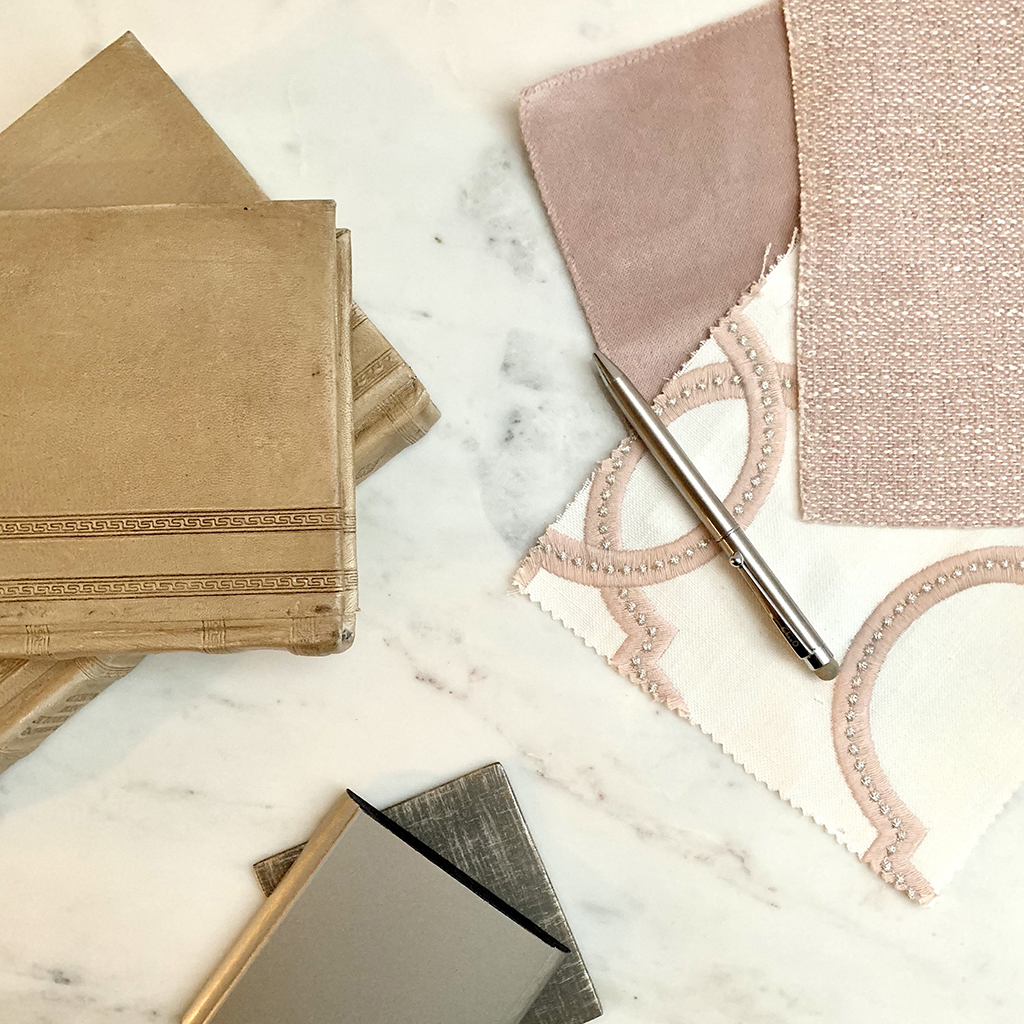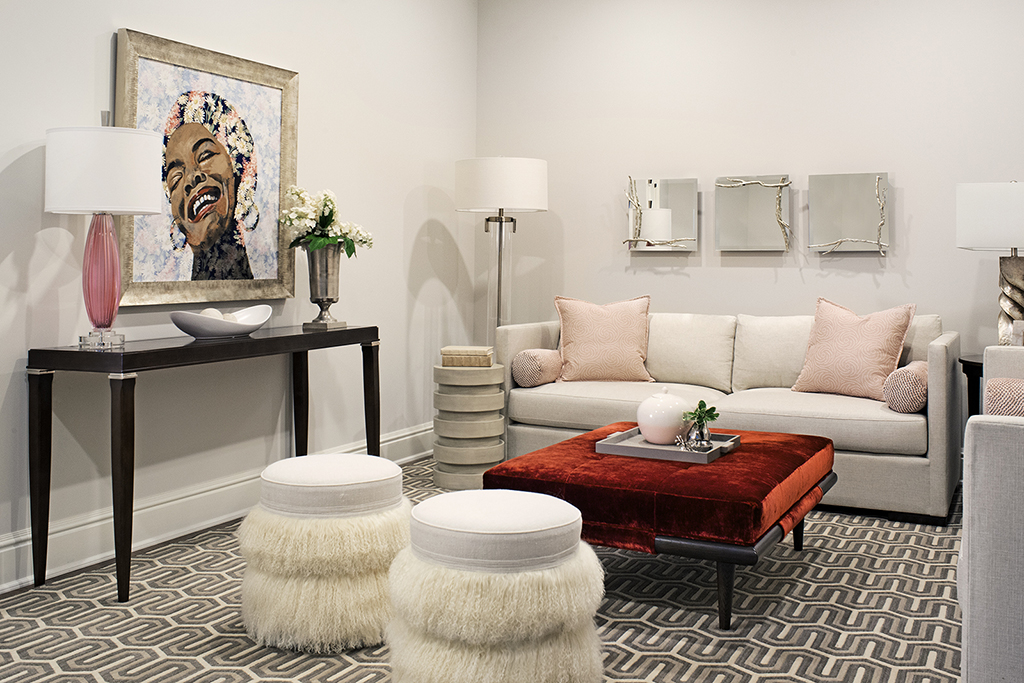It’s safe to say that for small or large interior design firms, a competitive market and hectic schedules can make design a difficult industry. Many design firms face barriers, ranging from finance to functional project management, and even to accounting. Here are the common and challenging struggles that most design interior design business owners experience.
1. Managing Costs and Keeping the Cash Flowing
Interior designers need to manage their client’s project costs, yes. But they also need to manage the costs within their own business.
There IS a cost to doing business to keep the lights on: Professional photography, library samples are sometimes at a cost, bookkeeping services, website development and management, legal services, are just a few of the “business of the business” expenses.
But there are several that often escape your thinking, including insurance, outsourcing, and, furniture damage. Yes, when the blame game happens between your vendor, your shipper, and your receiver about who created the damage to a piece of furniture, sometimes you are left out in the cold having to get the repair done at your own cost. These are all basic costs of doing business.
It’s important that design business owners always keep an eye on 3 things:
- Cashflow: making sure you are taking in enough money at the outset of a project to easily manage the ordering process and your service.
- Cash Reserve: I absolutely recommend taking a portion of every job payment that comes in and directing it into a cash reserve for your company, not necessarily into a larger owner’s draw.
- Cost Containment: It’s easy to start spending like a wild-woman (or man!) when you are feeling flush with cash and pipeline, but you need to plan for the rainy day: the delayed project that has to go back to the architect; the canceled project because a client lost their funding, or an awful client who snuck in and doesn’t pay an invoice.

2. Managing Client Expectations
One design project can require a lot of people and time management. It’s routine to have to work closely with your clients and any business partners you may have inside and outside your firm.
Clients usually contact designers because they don’t know how to achieve the look they’re after, lacking the vision, resources, and skills necessary. Most often, clients may also be “professional designer virgins,” as they are not necessarily understanding what’s involved in their project process as you take them from Point A to Point Z.
There is endless benefit to both you and your clients in managing your clients’ expectations about the overall project movement (what to expect, when and possibly why), as well as framing the specific weekly project movement and priorities. A well-informed client is usually a more satisfied client….so to modify that old expression: Happy Client…Happy Designer.

3. Scheduling and Time Management
It’s no surprise that designers are busy people, so ensuring you’re managing your time – and your team’s time – efficiently is a key aspect of the job.
On most design projects, scheduling can feel like a challenge because there is always a lot to do: (the devil is in the details!). The weaker your creative processes and time management, the less time you’ll feel to get it all done! Creating effective processes will streamline efficiencies and therefore time use helps you and ultimately your client as well.
Want to get on my mailing list to receive FREE monthly business mentoring in your email inbox each month with great support for marketing, mindset & revenue boosting? Sign up to receive a copy of my in-depth checklist: The Successful Design Biz Checklist. It is a safety net for any design business and yours as my gift! (Or, DM me @decorating.genius and I’ll have my team add you to our mailing list!)
Xo!





